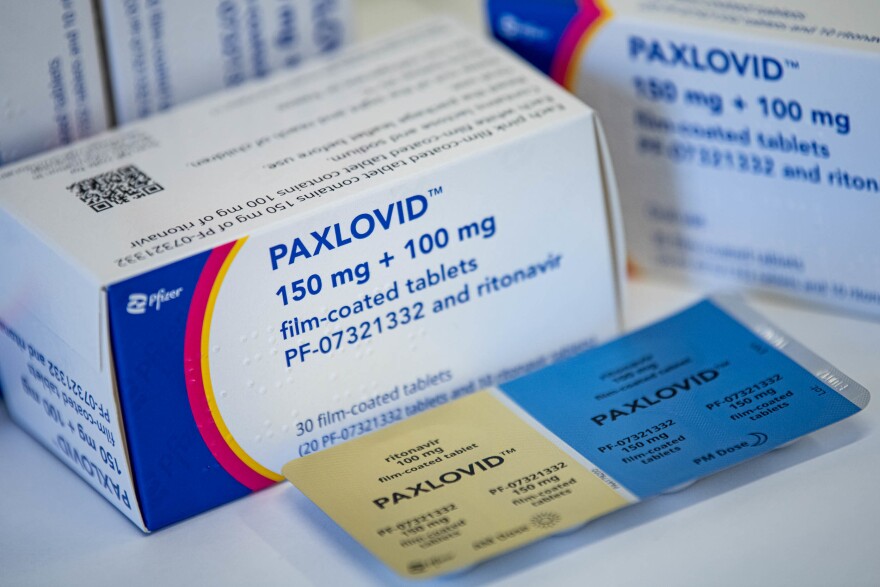WASHINGTON, DC—Today, after months of effort by APhA and other stakeholders, FDA has updated the EUA for the COVID-19 oral antiviral, Paxlovid, to permit pharmacists to order and prescribe Paxlovid under certain conditions.
The federal government had already authorized pharmacists to order and dispense oral therapeutics under the PREP Act. However, the ability for all pharmacists to prescribe was not included under the conditions in the original EUA for Paxlovid. FDA’s label change removes this barrier to permit Paxlovid to “also be prescribed for an individual patient by a state-licensed pharmacist under the following conditions:
- Sufficient information is available, such as through access to health records less than 12 months old or consultation with a health care provider in an established provider-patient relationship with the individual patient, to assess renal and hepatic function; and
- Sufficient information is available, such as through access to health records, patient reporting of medical history, or consultation with a health care provider in an established provider-patient relationship with the individual patient, to obtain a comprehensive list of medications (prescribed and non-prescribed) that the patient is taking to assess for potential drug interaction.
The state-licensed pharmacist should refer an individual patient for clinical evaluation (e.g., telehealth, in-person visit) with a physician, advanced practice registered nurse, or physician assistant licensed or authorized under state law to prescribe drugs, if any of the following apply:
- Sufficient information is not available to assess renal and hepatic function.
- Sufficient information is not available to assess for a potential drug interaction.
- Modification of other medications is needed due to a potential drug interaction.
- Paxlovid is not an appropriate therapeutic option based on the authorized Fact Sheet for Healthcare Providers or due to potential drug interactions for which recommended monitoring would not be feasible.”
Read more on APhA website

